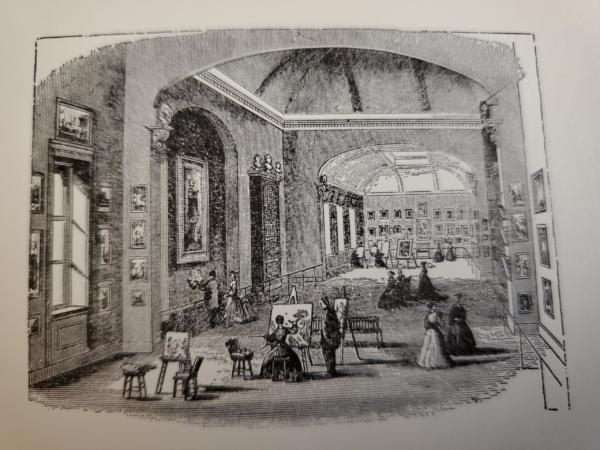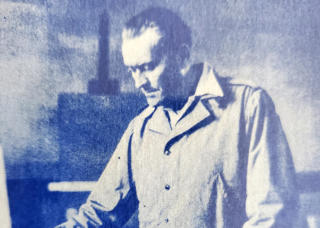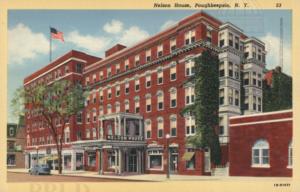Memorial Day
by Shannon Butler This Monday is Memorial Day! A.K.A Decoration Day, A.K.A the unofficial start of summer. Considering the strange new world that we live in, this memorial day will not look like the ones we are used to. Typically we would head over to a parade with marching bands, floats, and every organization taking to the streets to say thanks to all of our soldiers and sailors who died while serving in our armed forces. We might then head to any of our local cemeteries to place flags on their graves. And of course, as Americans, we then generally head to backyards, parks, or beaches for food and beer! Sadly, in the time of COVID-19, most parades and celebrations are canceled and our food consumption will be limited to our own personal households for the most part. Given these odd circumstances we should take a look at how our area celebrated this day in the past. As you can see from the newspaper articles on the right, here in Poughkeepsie Memorial day was particularly important to the veterans who served in the American Civil War (they refer to it as, “the late war of the rebellion”). Members of the local [...]




























